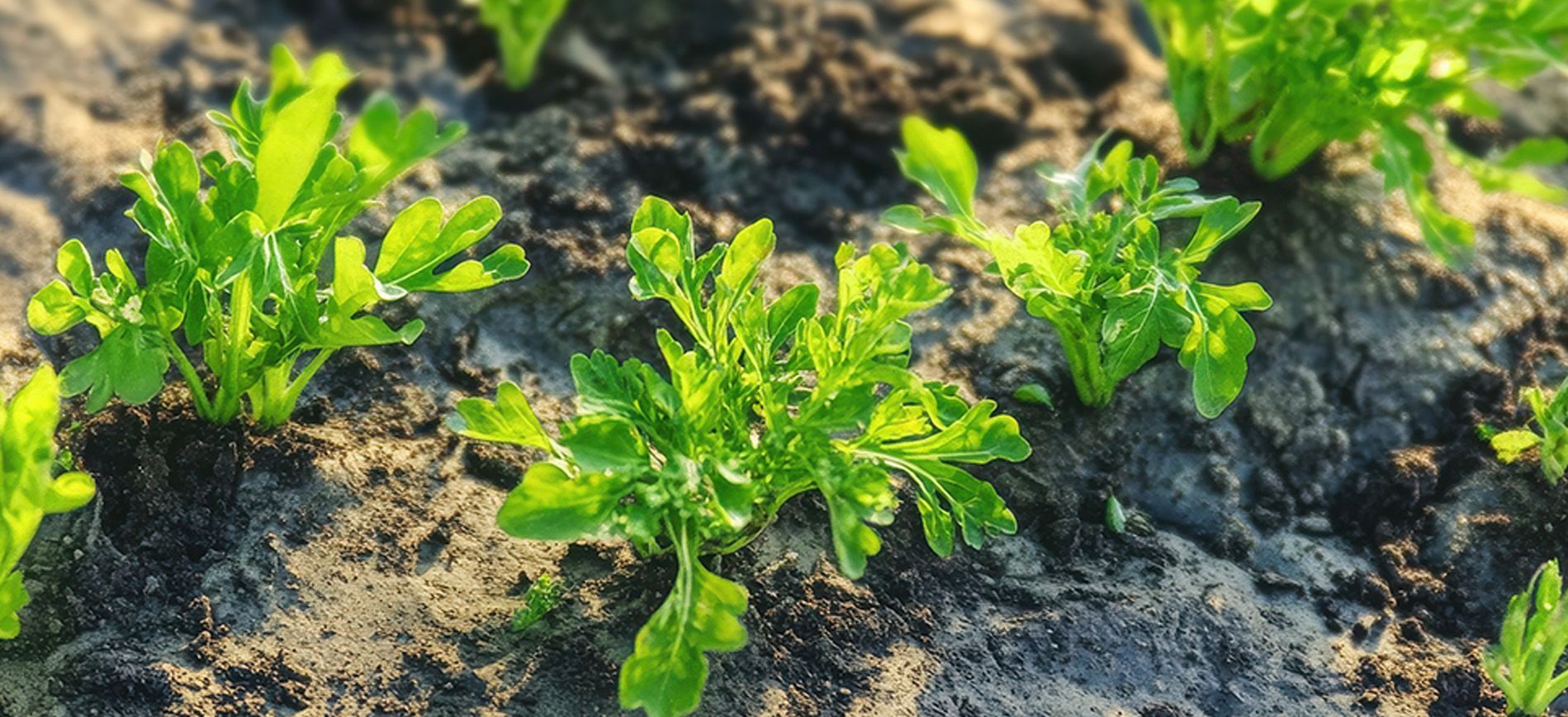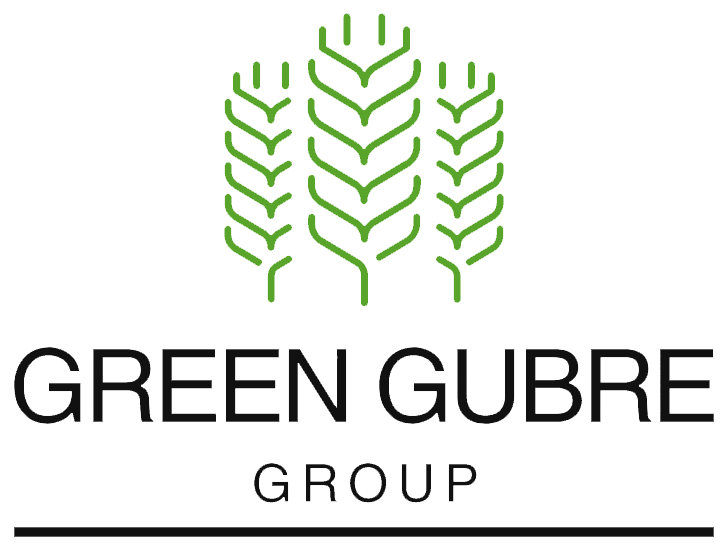Potassium Fertilizers – Powering Yield, Quality, and Stress Tolerance
Potassium Fertilizers – Powering Yield, Quality, and Stress Tolerance
Introduction: The Productivity Driver in Balanced Nutrition
Potassium (K) is often referred to as the “quality element” in plant nutrition. It regulates water balance, enzyme activation, sugar transport, and overall plant metabolism, making it indispensable for achieving high yields and superior crop quality. While not directly part of plant structures, such as nitrogen or phosphorus, potassium enhances disease resistance, drought tolerance, and post-harvest shelf life. As global agriculture faces climate variability and market demands for premium produce, potassium fertilizers play a vital role in meeting both production and quality goals.
1. Why Crops Need Potassium
Potassium is crucial for:
- Osmoregulation: Maintains turgor pressure and water uptake under drought
- Carbohydrate Translocation: Supports the movement of sugars from leaves to storage organs
- Enzyme Activation: Involved in over 60 plant enzymatic systems
- Stomatal Regulation: Improves water use efficiency (WUE) and photosynthetic performance
Potassium deficiency results in:
- Leaf scorching or chlorosis
- Poor fruit size, color, and shelf life
- Increased susceptibility to lodging and disease
🔗 International Plant Nutrition Institute – Potassium Basics
2. Types of Potassium Fertilizers
- Muriate of Potash (MOP – KCl): Widely used, cost-effective, high K content (~60% K₂O)
- Sulfate of Potash (SOP – K₂SO₄): Chloride-free; ideal for sensitive crops like tobacco, citrus, and potatoes
- Potassium Nitrate (KNO₃): Dual-source of K and N for fertigation or foliar use
- Potassium Thiosulfate (KTS): Liquid K source with sulfur for drip systems
- Polyhalite: Multi-nutrient mineral supplying K, Mg, Ca, and S
3. Crop-Specific Applications
- Cereals (Wheat, Maize, Rice): Improves grain fill, stem strength, and lodging resistance
- Vegetables (Tomato, Onion, Potato): Enhances color, starch, and flavor
- Fruits (Banana, Grape, Citrus): Critical for sugar accumulation and storage quality
- Oilseeds (Soybean, Sunflower): Boosts oil content and stress tolerance
Potassium is often the most limiting nutrient in sandy or intensively cropped soils, especially in tropical and subtropical regions.
4. Market Trends and Adoption
- India: MOP is widely used under government subsidy; growing SOP demand in horticulture
- China: Encourages potassium-efficient technologies and SOP for quality-sensitive crops.
- Africa: Potassium application remains low despite evident deficiencies; market potential is high
- Latin America: High K demand in sugarcane, banana, and soybean production
The global potassium fertilizer market is projected to surpass $40 billion by 2030, driven by growing demand for balanced nutrition and the adoption of drought-resilient farming practices.
5. Green Gubre Group – Potassium Solutions for Every Field
We offer a complete range of potassium fertilizers, tailored to different soil types, crop needs, and climatic conditions:
- MOP, SOP, KNO₃, and Polyhalite in granular or soluble form
- Custom K-enriched NPK blends for targeted nutrition
- Fertigation-ready potassium thiosulfate
- Soil and crop advisory services for potassium deficiency management
At Green Gubre Group, we help farmers power their crops with potassium for better yield, quality, and resilience.





